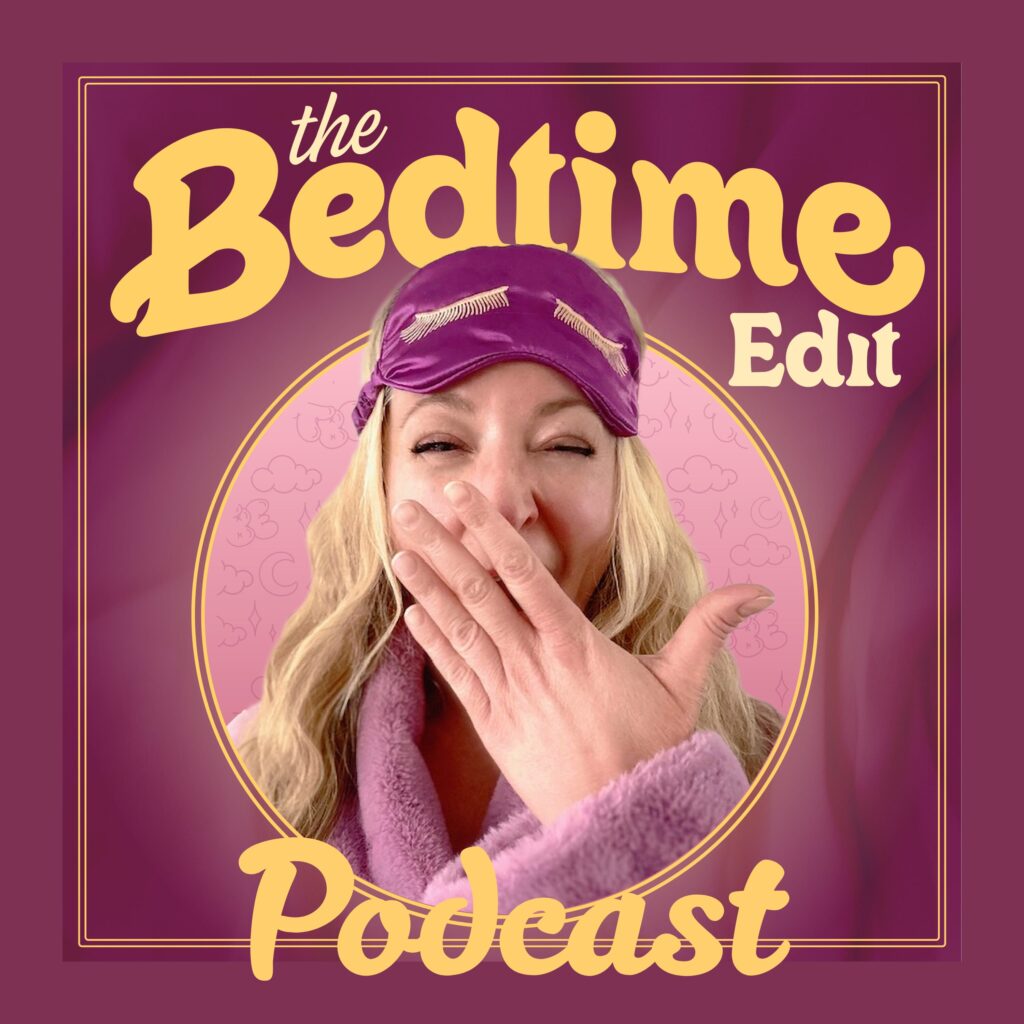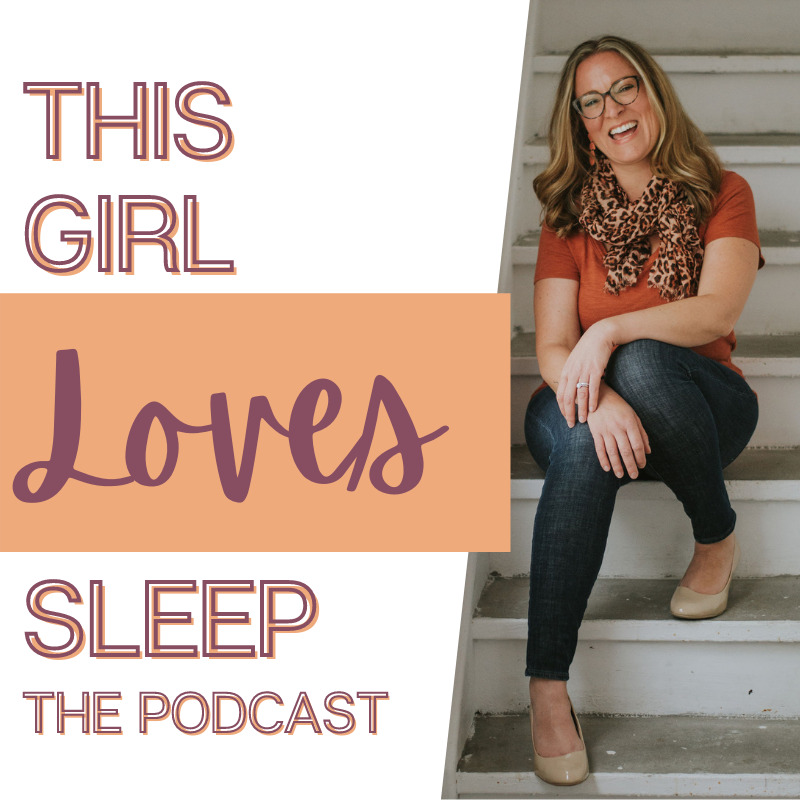When families reach out to me to discuss their baby’s sleep, I always ask how their baby falls asleep. I ask this because it’s important for me to know if your baby has any sleep associations. A sleep association is any condition or object your baby needs in order to fall asleep. Some associations are positive, while others are negative.
We all have sleep associations. Think about it: do you sleep better when you are at home in your own bed doing your normal routine, or when you are staying as a guest somewhere? For the majority of people, the answer is you get the best sleep at home. We all sleep better in certain conditions because we associate those conditions with sleep. It is no different for our babies. They also associate certain conditions or items with going to sleep. It’s important to know when a sleep association is helping (positive) or hurting (negative) your baby get her best sleep.
Sign Up For Our Newsletter
Negative Associations:
A negative sleep association is anything your baby needs to fall asleep that she cannot do or provide on her own. In other words, a negative sleep association keeps your child’s sleep dependent on an external factor. Here are some common negative associations:
- Feeding to sleep (nursing or bottle)
- Motion (being rocked, driven in a car, etc.)
- Patting or back rubs
- Pacifiers
The reason why these are considered negative sleep associations is because if your baby only falls asleep while sucking on her bottle, then she will expect to be fed to sleep again when she has a night waking. This keeps your baby’s sleep dependent on you to provide the feeding (or any other negative sleep association).
Positive Associations:
Some sleep associations are actually positive! Positive sleep associations are anything your baby can do independently to soothe herself to sleep. Some positive sleep associations are:
- Bedtime & naptime routines
- Consistent sleep environment
- Thumb/finger sucking
- Rubbing a sleepsack or blanket (no blankets in the crib until 12 months of age. Be sure to follow safe sleep guidelines)
- Babbling to herself
- Rocking, head banging, or other rhythmic movement
What to Do if your Child has Negative Sleep Associations:
Please know that it is common for babies to develop negative sleep associations. If your child has negative associations, know you are not alone. If your baby is dependent on you, an object, or specific condition to fall asleep—you can change it! Here are some steps to take:
- Set up a conducive sleep environment.
- Create a soothing bedtime routine.
- Work on independent sleep skills.
- Stay consistent.
Positive, healthy sleep associations are something all babies and children are capable of developing. With consistency and effort, your child can have a healthy relationship with sleep. It is never too late to begin working on your baby’s sleep associations. We are always happy to support your family on the journey to healthy sleep.










